3 Common Types of Breast Implant: Which One Is Better for me?
Body Plastic Surgery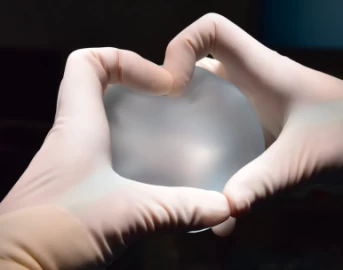
Breast augmentation is a popular cosmetic procedure that enhances the size and shape of the breasts. One key decision to make when considering breast augmentation is the type of implant to use. Several options are available, each with its unique characteristics and advantages.
The best type of breast implant will depend on your specific goals, preferences, and medical considerations. Your plastic surgeon will guide you through the decision-making process and help you choose the implant type that aligns with your aesthetic goals and overall well-being.
In this article, we will explore the different types of breast implants, including saline solution implants, silicone gel implants, and gummy bear implants. We also discuss fat grafting, which is an alternative to breast implants.

Breast Implants Types
Breast implants are medical devices that are surgically inserted into breasts to enhance their size or shape. They are typically made of silicone shells filled with either saline solution or silicone gel. During a breast enlargement (implant) procedure, the surgeon makes incisions in the breast area and places the implants either under the chest muscle or directly behind the breast tissue.
The decision to get breast implants is personal and can be influenced by various factors such as body image, self-esteem, reconstructive purposes after breast surgery, or aesthetic preferences. Some women may choose to undergo breast augmentation to achieve a more proportionate figure or to restore breast volume that is lost due to factors such as pregnancy, weight loss, or aging.
Different types of breast implants include saline solution implants, silicone gel implants, and gummy bear implants. Understanding the pros and cons of each option can help patients make an informed decision about which type of implant is best suited for their individual needs and desired outcomes. Read on to learn about each breast implant type in detail.
- Saline breast implants
- Silicone Gel Implants
- Gummy Bear Implants
Here is a table for comparison types of breast implants:
Implant Type | Filling | Shape | Shell |
Silicone implant or gel-filled implant, cohesive-gel implant | Cohesive silicone gel | Round | Smooth |
Saline implant or saline-filled implant | Saline (sterile saltwater) | Round | Smooth |
Gummy bear implants | Cohesive silicone gel | Teardrop | Textured |
Contact us for a free initial consultation about breast implant types.
WhatsAppTelegramFacebookEmailWhat Are Saline Breast Implants?
Saline breast implants are one type of breast implant that is filled with a sterile saline solution. These implants consist of a silicone shell that is inserted into the breasts and then filled with the saline solution to achieve the desired size and shape.
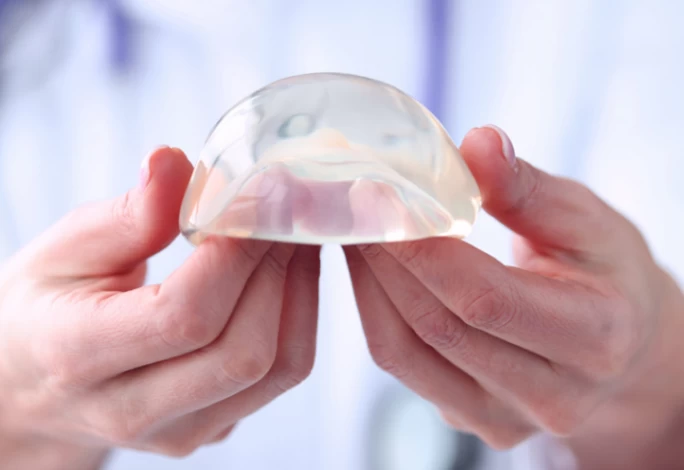
Advantages of Saline Breast Implants
Saline implants pros may include:
- Saline implants are safe as they contain a sterile saline solution that is similar to the fluid found in the body. In case of a rupture or leakage, the saline solution is harmlessly absorbed by the body;
- Saline implants are adjustable during the surgery. The surgeon can insert the empty implant and then fill it with the desired amount of saline solution to achieve the desired size and shape. This allows for more flexibility in achieving symmetry and desired results;
- Saline implants are less expensive compared to types of silicone breast implants, making them a more affordable option for patients;
- Since saline implants are filled after insertion, smaller incisions can be made during the surgery. This can result in less scarring and a quicker recovery time.
Disadvantages of Saline Implants
Cons of Saline implants are:
- Saline implants may not provide the same natural feel as silicone gel-filled breast implants. They are firmer or less realistic in terms of texture;
- Saline implants have a higher risk of rippling or wrinkling, especially in patients with thin breast tissue. This can be visible and may affect the aesthetic appearance of the breasts;
- Saline implants have size limitations compared to silicone implants. They may not be suitable for patients who desire larger breast sizes or have a smaller amount of breast tissue to cover the implant;
- While saline implants are designed to be safe in case of rupture or leakage, there is still a risk of deflation. This may require additional surgery to replace or remove the implant;
- Saline implants may have a higher risk of capsular contracture compared to silicone implants. Capsular contracture is a potential complication that occurs when scar tissue forms around the implant, causing it to harden and potentially change shape;
- Due to their tendency to ripple or wrinkle, saline implants may not provide the same natural appearance as silicone implants;
- Saline implants usually come round, which may not be suitable for patients seeking a more teardrop or anatomical shape.
Good Candidates for Saline Implants
You Should Get Saline Implants If…
- You prefer a firmer feel;
- You have sufficient breast tissue to cover the implant and minimize the risk of rippling or wrinkling;
- You want a smaller breast size;
- You prioritize safety in case of rupture;
- You have a lower budget.
What Are Silicone Gel Implants?
Silicone gel implants are medical devices used for breast augmentation or reconstruction surgeries. They consist of a silicone shell filled with a cohesive silicone gel. Silicone implants are designed to enhance the size and shape of the breasts or to replace breast tissue that has been removed due to mastectomy or injury.
Silicone gel implants have been used since the 1960s and have undergone significant advancements in terms of safety and durability. The gel inside the implants is more viscous and cohesive compared to older versions, reducing the risk of leakage or migration in case of a rupture.
Silicone implants are available in various sizes, shapes, and textures to meet individual patient needs. They are typically inserted through an incision made either under the breast, around the nipple, or in the armpit. The surgeon places the implant either beneath the breast tissue or beneath the chest muscle to achieve the desired outcome.
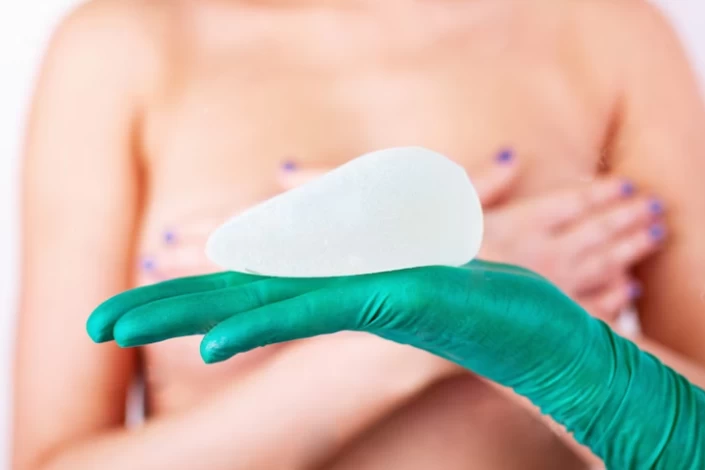
Advantages of Silicone Gel Implants
Silicone gel implants pros may include:
- Silicone gel implants provide a more natural look and feel compared to saline implants. The cohesive gel closely mimics the texture and consistency of natural breast tissue, resulting in a more realistic appearance;
- Silicone gel implants have a lower risk of rippling or wrinkling compared to saline implants. This is especially beneficial for women with thin breast tissue or those who have undergone mastectomy and have limited breast tissue;
- Silicone gel implants are durable and long-lasting. They are less likely to deflate or lose their shape over time, providing patients with more consistent and predictable results.
- Silicone gel implants have a lower risk of capsular contracture compared to saline implants;
- The cohesive gel used in silicone gel implants is less likely to leak or migrate in case of rupture, reducing the risk of complications;
- Silicone gel implants offer a wide range of sizes, shapes, and textures, allowing for more customization to meet individual patient needs and preferences.
Disadvantages of Silicone Gel Implants
While silicone gel implants have many advantages, it is also important to consider their potential disadvantages:
Cons of Silicone Gel implants are:
- Silicone gel implants are more expensive than saline implants;
- Unlike saline implants that deflate visibly if they rupture, silicone gel implants may not show any visible signs of rupture. Regular monitoring with imaging techniques such as MRI or ultrasound can detect any silent ruptures;
- Although modern silicone gel implants are more durable and less prone to rupture, there is still a small risk of silent rupture. If a rupture occurs, the silicone gel may leak into the surrounding tissue, requiring additional surgery to remove the leaked silicone and replace the implant.
- Silicone gel implants typically require larger incisions compared to saline implants. This may result in more noticeable scars;
- Silicone gel implants may limit the options for incision placement, as they require larger incisions;
- Silicone gel implants have a higher risk of rotation or displacement compared to saline implants. This can affect the appearance and symmetry of the breasts and may require additional surgery to correct.
Good Candidates for Silicone Gel Implants
You Should Get Silicone Implants If…
- You desire a more natural look and feel to your breasts;
- You may have thin skin or little breast tissue;
- You want long-lasting results and improved shape retention;
- You desire enhanced cleavage and projection.
What Are Gummy Bear Implants?
Gummy bear breast implants, also known as cohesive gel implants or form-stable implants, are a type of silicone gel implants. They are named "gummy bear" because the consistency of the silicone gel inside the implant is similar to that of the gummy bear candy – it is thicker and more cohesive compared to traditional silicone gel implants.
These implants are designed to maintain their shape even if the outer shell is ruptured. The silicone gel inside the implant is made of a high-strength cohesive silicone gel that holds together and does not leak or spread if the implant ruptures. This feature provides an added level of safety and reduces the risk of silicone migration in case of implant rupture.
Gummy bear implants are known for their ability to retain their shape, which can result in a more natural and aesthetically pleasing appearance. They come in various shapes, such as round or teardrop, and different profiles to suit individual preferences and desired outcomes.
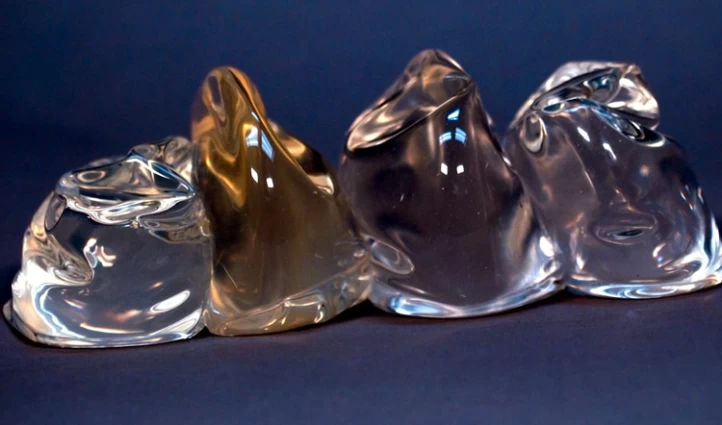
Advantages of Gummy Bear Implants
Gummy Bear Implants pros may include:
- Gummy bear implants can maintain their shape, which can result in a more natural and aesthetically pleasing appearance compared to traditional silicone gel implants;
- The cohesive silicone gel inside gummy bear implants holds together and does not leak or spread if the implant ruptures. This lowers the risk of silicone migration, providing a higher level of safety;
- Gummy bear implants come in various shapes, such as round or teardrop, and different profiles to suit individual preferences and desired outcomes;
- Due to their high-strength, cohesive silicone gel, gummy bear implants are famous for their durability and longevity. They are less likely to rupture or deflate, leading to longer-lasting results;
- The thicker and more cohesive consistency of the silicone gel in gummy bear implants can help reduce the risk of rippling or wrinkling, especially in patients with thin breast tissue.
Disadvantages of Gummy Bear Implants
Cons of Gummy Bear Implants are:
- The cohesive silicone gel in gummy bear implants may limit the flexibility and movement of the implant, potentially affecting the overall appearance and feel of the breasts;
- Gummy bear implants require a specific surgical technique to ensure proper placement and prevent rotation or displacement of the implant. This may require a more experienced surgeon, potentially limiting the availability of this option in certain areas;
- Gummy bear implants tend to be more expensive compared to traditional silicone gel implants. This may be a deterrent for individuals on a tighter budget or those seeking a more cost-effective option;
- Due to their form-stable nature, gummy bear implants typically require a larger incision for insertion compared to other types of implants. This may result in more noticeable scarring.
Good Candidates for Get Gummy Bear Implants
You Should Get Gummy Bear Implants If…
- You desire a firmer feel to your breast implants;
- You prioritize a more natural appearance;
- You have the financial means to afford the higher cost of gummy bear implants;
- You are not overly concerned about larger incision size and potential scarring.
What is Fat-Based Breast Augmentation?
Breast fat grafting, also known as autologous fat transfer to the breasts, is a specific new breast augmentation method where fat is transferred from one area of the body to the breasts to enhance their size and shape. This procedure is an alternative to breast implants for those who desire a more natural-looking result.
During breast fat grafting, fat is harvested from areas such as the abdomen, thighs, or buttocks through liposuction. The harvested fat is then processed and purified before being injected into the breasts. This technique allows for a subtler increase in breast size and can also be used for breast reconstruction after mastectomy.
Why Iran for Breast Implants?
There are various reasons why patients choose Iran to have breast implants.
Iran is known for offering more affordable plastic procedures than many other countries. The cost of breast implants in Iran ranges from $2200 to $35000, which is lower than in different regions, making it an attractive option for individuals seeking this cosmetic procedure.
Iran also has a well-established healthcare system with highly skilled and experienced medical professionals. Many Iranian doctors are trained and educated in reputable institutions, ensuring a certain level of quality and expertise.
Additionally, Iran has numerous specialized clinics and medical centers that offer cosmetic procedures, including breast augmentation. These facilities often have state-of-the-art equipment and employ surgeons who specialize in such surgeries.
The cost of breast implants in Iran can vary depending on the type of implant chosen and the clinic or surgeon performing the procedure. On average, the cost of types of breast implants in Iran ranges from $2,200 to $3,500. Silicone breast implants cost tend to be more expensive than saline implants. Additionally, the cost may also vary based on the qualifications and experience of the surgeon, the location of the clinic, and any additional fees for anesthesia, facility fees, and follow-up appointments.

FAQs on Breast implant types
1) Are breast implants permanent?
No, breast implants are not permanent and may need to be replaced or removed at some point in the future. The lifespan of breast implants can vary depending on factors such as the type of implant used, the individual's body, and any complications that may arise.
2) Is breast augmentation safe?
Yes. Breast augmentation is generally safe. However, like any surgical procedure, it carries risks and potential complications. Some possible risks include infection, bleeding, adverse reaction to anesthesia, changes in nipple or breast sensation, scarring, implant rupture or leakage, and the need for future surgeries.
3) What is the recovery time for breast augmentation?
The breast augmentation recovery process can vary from person to person. Still, typically, it takes 6 – 8 weeks to resume normal activities and several months for the breasts to heal and settle into their final shape fully. Your surgeon will provide you with specific post-operative instructions to follow for optimal recovery.
4) How do I choose the right breast implant type for me?
The choice of breast implant type depends on various factors, including personal preferences, body type, and desired outcome. It is essential to consult with a qualified plastic surgeon who can assess your individual needs and help you make an informed decision.
5) What is the difference between breast implants and expanders?
Breast implants are permanent silicone or saline devices that are inserted into the breast tissue to enhance the size and shape of the breasts.
Breast tissue expanders, on the other hand, are temporary devices that are used to stretch the skin and tissue in the breast area to prepare for breast reconstruction surgery. They are often used in patients who have undergone mastectomy to create a pocket for a permanent breast implant.

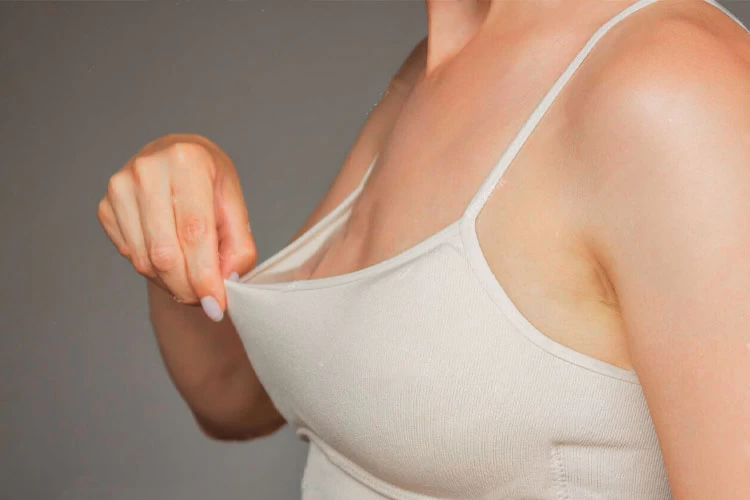


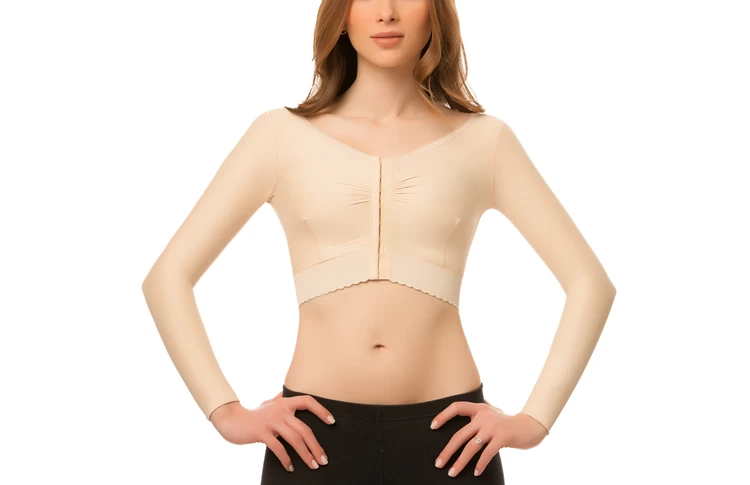

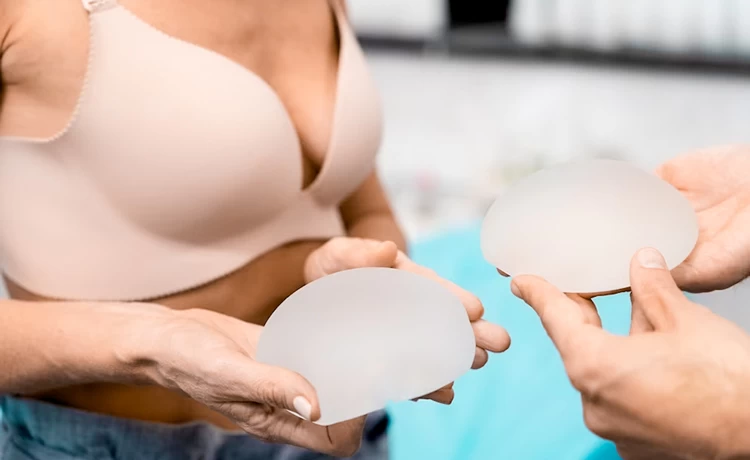
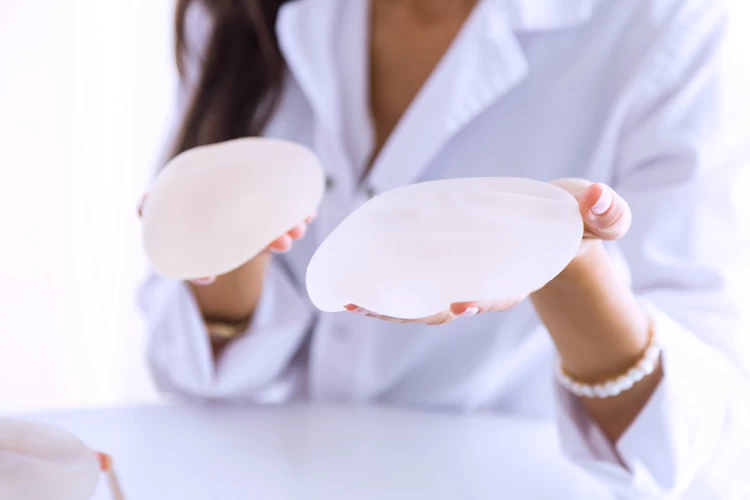
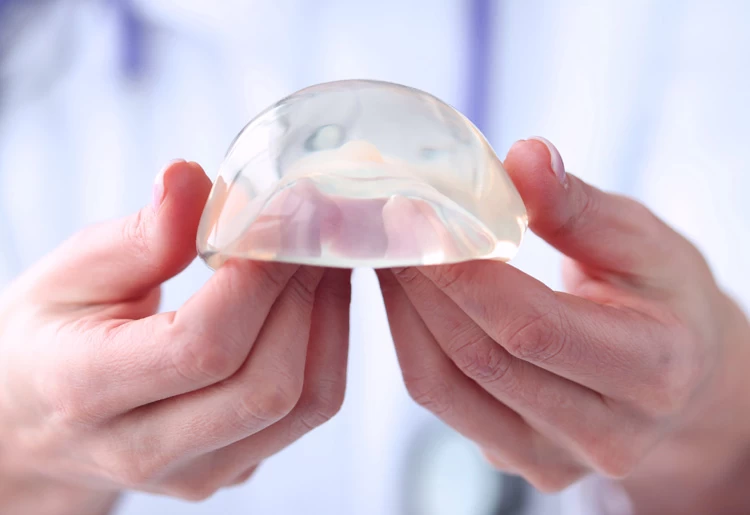

No reviews
Your comment